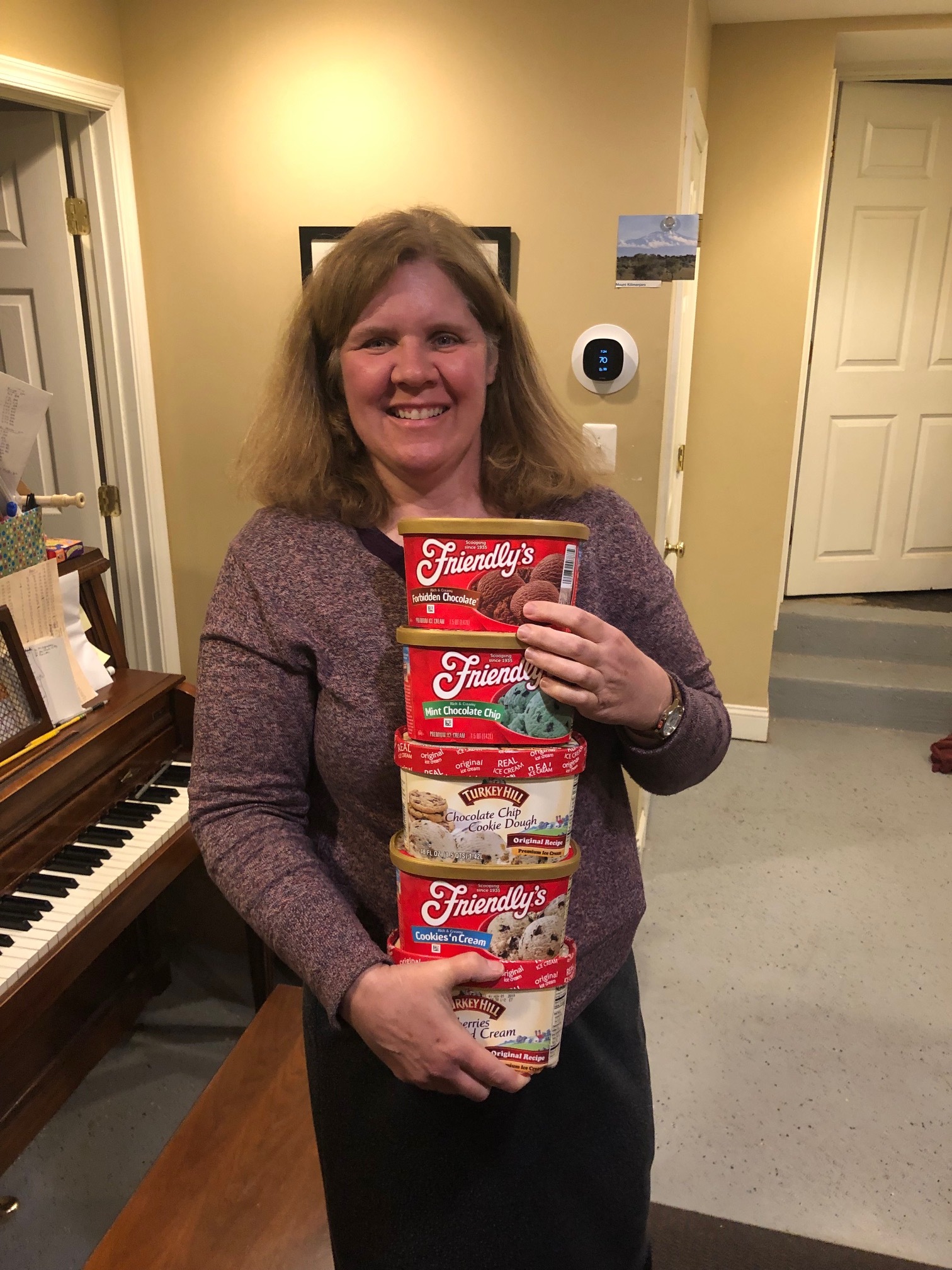I recently read an article about the White House piano which brought back some memories of mine. Here is a photo of the article from the Clavier Companion (Jan/Feb 2017). Since we live so close to the capital, it’s kind of fun to learn about Presidents (and members of their families) who played the piano.
In 2003, I had the opportunity to play that same piano when our church choir performed there at Christmastime. I thought it was a very special experience.
Harry S. Truman
One youngster who never needed to be forced to practice his piano lessons was Harry Truman. He used to get up at 5 o'clock in the morning to practice for two hours.
When he became a man, music remained his first passion after politics, and he often said that if he had been a good pianist he never would have become President. "I missed being a musician," he said, "and the real and only reason I missed being one is because I wasn't good enough." (from https://www.trumanlibrary.org/kids/piano.htm)
Nixon could play five musical instruments.
Nixon’s mother insisted he practice on the family’s upright piano every afternoon, and in the seventh grade he was sent 200 miles away to take lessons with his aunt, who had studied at the Indianapolis Conservatory of Music. Although he never learned to read music, Nixon could also play the saxophone, clarinet, accordion and violin. His musical talents turned out to be political assets: Nixon’s 1963 appearance on “The Jack Paar Program,” during which he played a tune he wrote, helped rehabilitate his image after losing the California gubernatorial election the prior year. As president, he occasionally tickled the ivories, playing “Happy Birthday” for Duke Ellington at the White House and “My Wild Irish Rose” in honor of his wife at the Grand Ole Opry. (from https://www.history.com/news/10-things-you-may-not-know-about-richard-nixon)
Malia and Sasha Obama
Sasha — called "Sassy" by her mom — is the family's cutup. She takes piano lessons and plays basketball (her dad is one of the coaches). In the past four years, she's gone from being a bubbly 7-year-old at her mother's side to a preteen who can wear her older sister's elegant hand-me-downs.
Malia, at 14, is already nearly as tall as her 5-foot-11 mother. An avid reader, she plays piano and the flute, studies ballet and favors soccer. She is fast becoming an elegant, model-like young woman whose taste in clothes now sparks commentary from fashionistas. (from https://www.nydailynews.com/news/politics/obama-readies-family-years-article-1.1243718)
Rene Johnson, Marsali Hancock, Joyce Bennett, Kristen Evans
2003 Arlington Ward Choir, Church of Jesus Christ of Latter-Day Saints at the White House








































